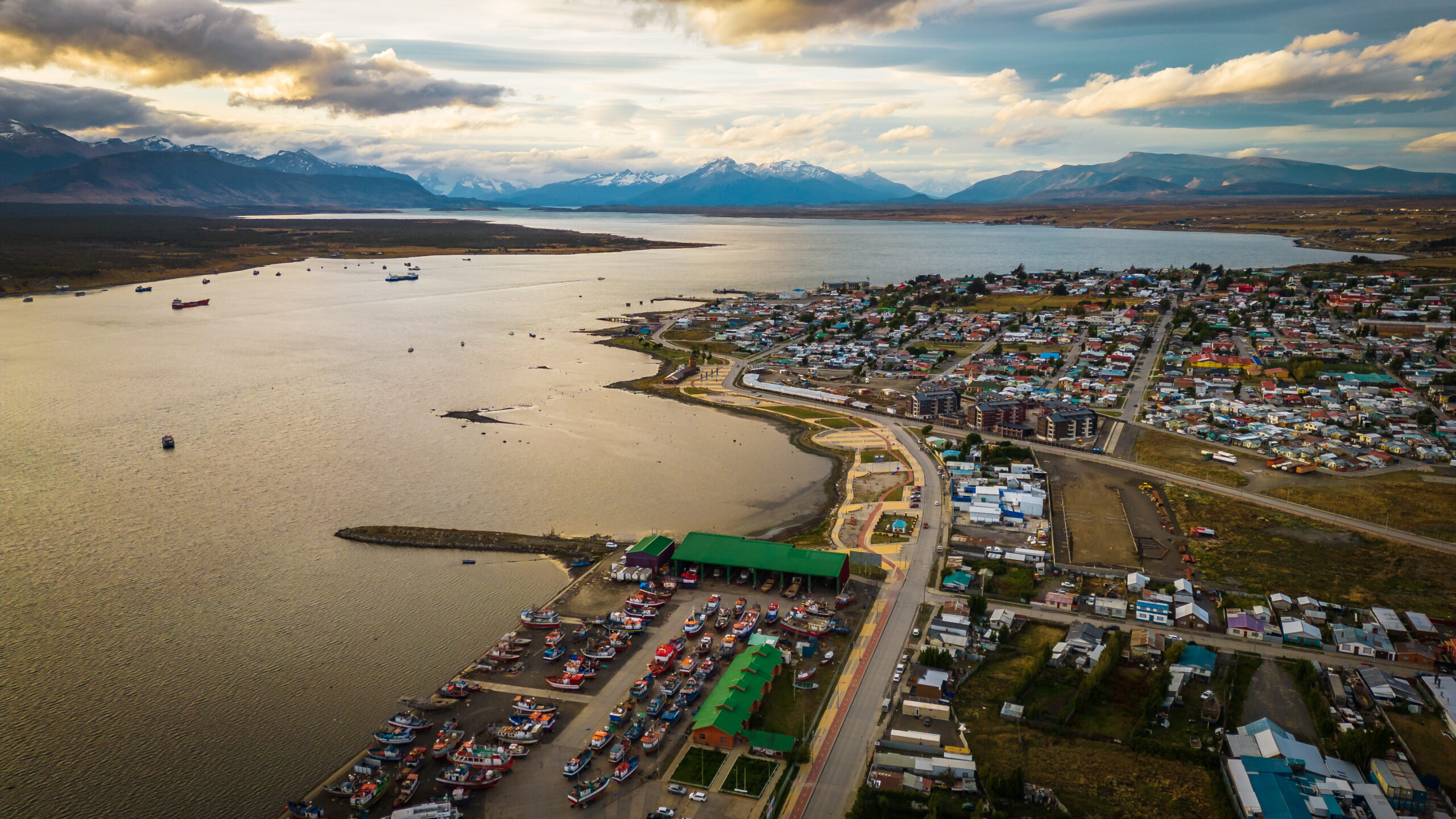Chile green hydrogen lag pits birds vs blades
Southern Chile’s green hydrogen development has exposed the challenges in harmonising new energy sources with local communities and fauna.

[Punta Arenas, Chile] A lag in southern Chile green hydrogen development exposes an underlying tension between growing international demand for climate-friendly energy sources and impacts on local communities and fauna such as migratory birds.
In Chile’s Magallanes region, robust South Atlantic winds and low population density offer ideal conditions for producing green hydrogen. The carbon-free energy source is derived from water, from which hydrogen atoms are split using electrolysis powered by renewable energy.
In a series of interviews with Gas Outlook in the remote cities of Puerto Williams and Punta Arenas in Magallanes and in Chile’s capital Santiago, government officials and bird experts laid out the challenges facing the country’s fledgling green hydrogen industry and ways to address them.
In late 2020, Chile became one of the first countries to unveil a national green hydrogen strategy, with an eye toward fulfilling supply mandates in the EU and Asia. The strategy encouraged the private sector to develop large-scale projects leveraging vast renewable energy potential, especially solar in northern Chile’s Atacama Desert and wind in Magallanes.
In the latter foothold, debate has ignited over the local costs of developing green hydrogen to meet urgent international climate goals. This debate is embodied by the region’s abundant birds.
Although comprehensive data on bird routes is much more limited in South America’s southern cone than in the northern hemisphere, Magallanes is known as a significant destination. And these birds can be harmed or killed by wind turbines.
“Blanketing the Magellanic steppe in wind turbines could cause irreversible interference of bird migratory routes, blocking flight patterns and severely affecting cycles of life, feeding and reproduction,” tweeted Diego Luna Quevedo, senior specialist, policy and governance for Massachusetts-based NGO Manomet that works to protect shorebirds. Luna highlights the vulnerability of species such as the Magellanic Plover that is classified by UK charity Birdlife International as near-threatened with extinction.
Such concerns have kept green hydrogen projects in Magallanes in a holding pattern since last October. That’s when Chilean developer HIF Global and Italian utility Enel withdrew their environmental permit application to scale up a Magallanes pilot plant that produces carbon-neutral fuels from green hydrogen. Their planned $500 million Faro del Sur wind farm, which would power the commercial-scale plant, would encompass 65 turbines with a total nominal capacity of 325 MW covering nearly 3,800 hectares.
Government agencies such as the Agriculture and Husbandry Service (SAG) that reviewed the Faro del Sur application had called for more extensive bird monitoring and other measures. The developers blamed the agencies for imposing above-normal criteria and moving the environmental goalposts. Surprisingly, they received public support from Chilean president Gabriel Boric’s father Luis Boric, who called some of the requirements “strange.” The Boric family is from Magallanes, where many residents see green hydrogen as a source of future jobs that once came from the declining state-owned oil and gas industry in the region.
But what looks like a birds-versus-blades dilemma in Chile is misleading, experts say. According to the National Audubon Society’s vice president and chief scientist, Chad Wilsey, the key lies in informed siting of the wind farms. “Climate change is an overarching threat to the planet, and therefore we do need to find solutions that allow us to develop clean energy technologies while also being conscientious of the potential impact on migratory birds and minimizing that impact as much as possible through responsible siting.” He said developers can also implement mitigation measures such as programmed shutdowns and observation systems.
Siting goes to the crux of the debate in Magallanes. Outside of the region’s urban areas, there is no land-use planning to determine where projects can be built with the least impact on birds and local communities, and what areas will be preserved. Magallanes governor Jorge Flies said such planning is well advanced. Government development agency Corfo, which has provided some funding for green hydrogen projects in Chile, is expected to issue a new sensitivity map for Magallanes in June.
Flies said he expects HIF and Enel to refile their Faro del Sur permit application, and new applications to be filed by France’s Total-Eren and AustriaEnergy, by the end of 2023.
A spokesperson for HIF and Enel confirmed they are working to reapply for their environmental permit in the coming months. Total-Eren and AustriaEnergy did not reply to requests for comment on their application plans.
Flies maintains that the delay is not a setback but rather an investment in getting the industry off to a sustainable start. “We are working very closely with all of the green hydrogen developers in Chile. The truth is we can’t jump the line,” he said. “We want sustainable investment and we have to fulfill all the environmental bases that Chile requires. Otherwise it won’t be socially viable.”
Luna of Manomet concurs, saying that it is better for the companies to get the projects right rather than rush and face legal challenges over bird losses later on.
Magallanes mayor Claudio Radonich is less convinced. “The perfect is the enemy of the good,” he told Gas Outlook at his Punta Arenas office, asserting that the government was ill-prepared to evaluate green hydrogen even though the industry has been germinating here for three years. “I’m worried that the state is not moving fast enough.”
Green hydrogen executives are privately hopeful after Boric made a last-minute visit to the HIF pilot plant in early May. His father accompanied him. The government is supposed to issue a renewed hydrogen strategy soon.
Chile is hardly alone in grappling with externalities associated with renewable energy, but the country is especially lacking in baseline bird studies and land-use planning, says Javiera Ferreyra, Chile director for Audubon Americas. She says her organisation’s new strategic planning initiative to promote bird-friendly renewable energy will encourage well-designed projects that meet the urgency of the moment.
“None of us can wait. It’s a complicated issue, because you can’t separate the human component from the biodiversity. With green hydrogen, everything comes together at the same time.”



